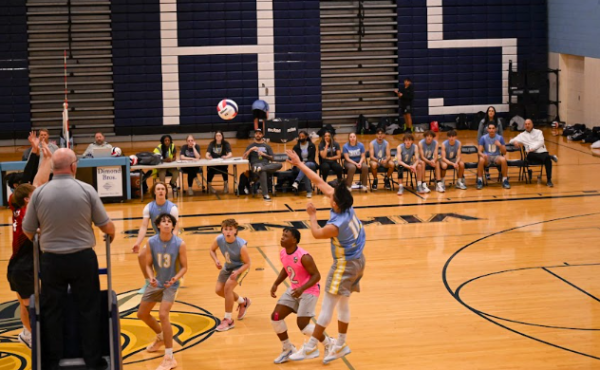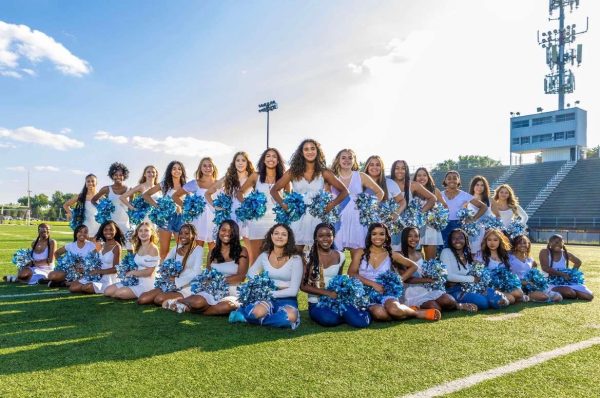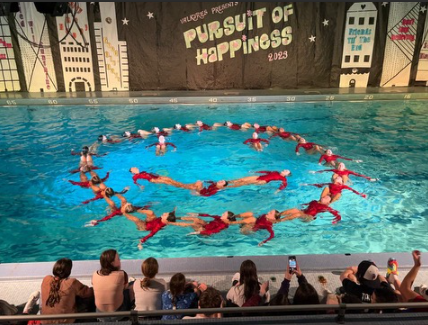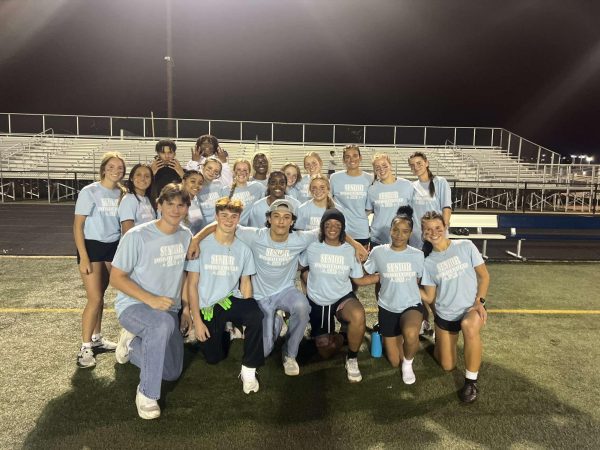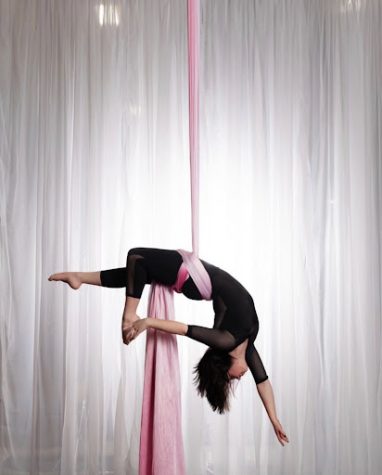Balancing cultures and sports
Guilford athletes share what it is like when their culture impacts their sports
January 2, 2018
Student athletes often express similar challenges, such as injuries and finding time for school, but a lesser-known challenge some athletes face is accommodating their religion and culture with their sports.
For example, Ridha Khan, junior basketball player, is Muslim. She has embraced her faith and culture while balancing basketball. Obstacles like “dress codes” that must be followed can interfere with uniforms of athletes.
“As a girl you’re not supposed to show as much skin, so we are required to wear leggings,” said Khan.
Religious holidays and traditions can also interrupt the balance between the sport and home life, in addition to affecting practices and games. Ramadan is the ninth month of the Islamic calendar, which is celebrated by Muslims by fasting. During fast, Muslims are only allowed to eat and drink at a specific time, so students who practice a sport during the time of Ramadan may experience dehydration.
“During the summer I fast, so I can’t eat or drink during the day, so when we have practices I can’t drink,” said Khan.
Rituals that the team may have formed together, such as praying for a game, can also make situations uncomfortable for the athlete. Sheptim Jakupi, senior football player, is of Muslim faith. At times, he found himself conflicted between his team and his beliefs due to team traditions.
“Before games and such they (the football team) would pray and I would go along with it to try not to cause any trouble,” explained Jakupi.
Certain dress requirements in different religions or cultures are seen as violations among referees because of the way that specific dress can affect the player or other players.
“Once, last year, they (the referees) said I couldn’t play because my head piece was dangerous,” said Marquoya Polite, freshman basketball player, who attended West Middle School. “Since then, people have asked me before my games if I’m allowed to wear it or if it will come off, and it never has.”
Players also receive comments from team members on specific things like their wardrobe or eating or drinking habits. For example, polite wears a hijab, a head covering worn in public by some Muslim women, and her teammates have mentioned her wearing it.
“They’re like ‘you’re a good player but you’d be even better if you didn’t have it’, and I tell them it’s a part of me,” said Polite.
Wearing religiously-appropriate clothing can interfere with players’ ability to function while playing their sport, but with time most athletes learn to adapt and embrace it.
“I am used to it (wearing my headpiece in a game), but it can get annoying sometimes,” explained Polite. “I was dribbling a ball in a game and I was like ‘I can’t see’, but it was fine, I learn how to work with it.”
Although bringing their religious and cultural traditions with them in their sport can cause discomfort or difficulties, these athletes are more than happy share information on their cultures and educate others on their traditions.
“Everyone always asks me the same amount of questions,” explained Khan. “If they’re curious, it’s fun for me to let them know.”


